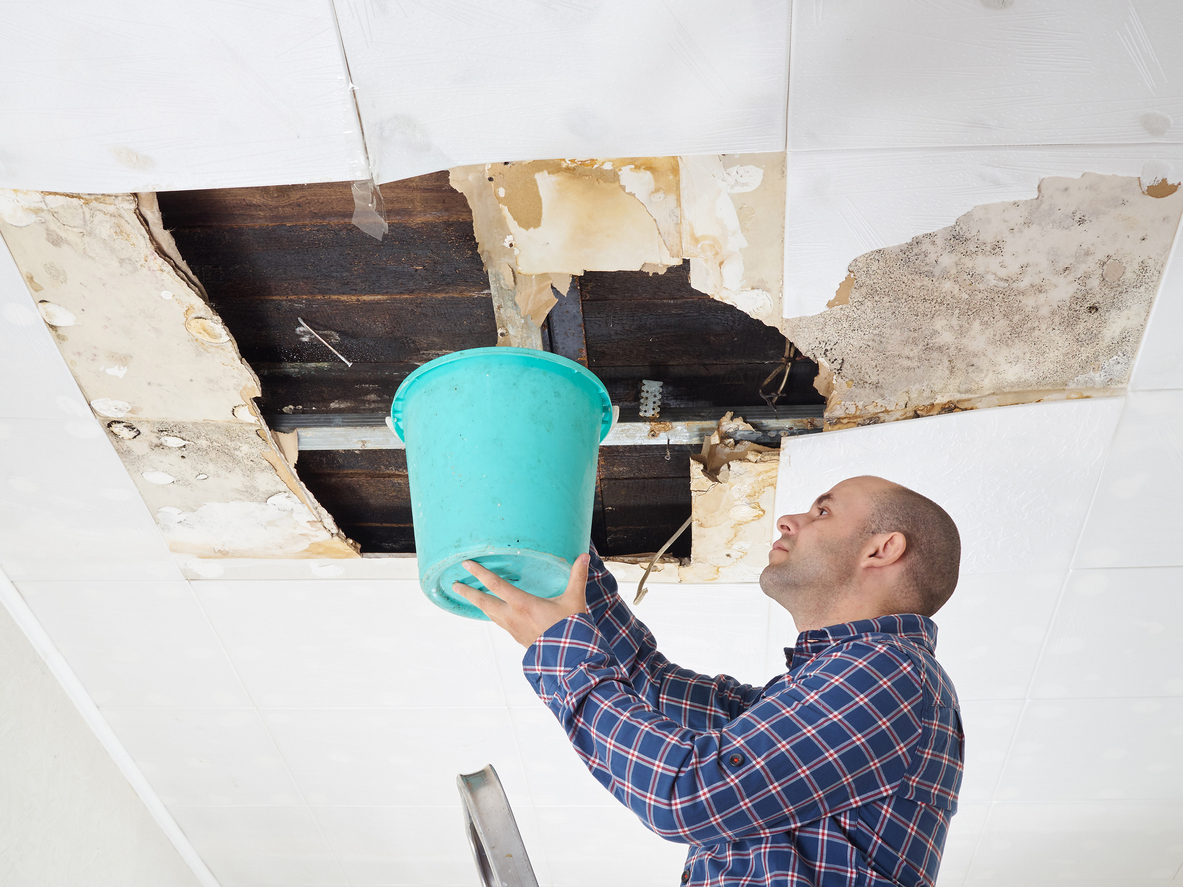What to Do if a Leak Comes from the Flat Above: A UK Resident’s Guide
Water leaks from the flat above can cause significant damage to your property and belongings. Whether you're a tenant or a property owner, taking the right steps can prevent further issues and help resolve the problem efficiently.
1. Act Quickly to Minimize Damage
2. Communicate with the Upstairs Property Owner or Tenant
-
Tenant:
- If the occupant is a tenant, notify them and ask them to contact their landlord or property manager to address the issue.
-
Owner:
- If the upstairs flat is owner-occupied, discuss the issue directly with the property owner.
3. Report the Issue to Building Management (if applicable)
- For Leasehold Flats:
- If your flat and the one above are part of a managed building, inform the building management company or freeholder about the problem. They may be responsible for addressing shared plumbing or structural repairs.
4. Check Your Insurance Coverage
5. Determine Liability for the Leak
6. Resolving Disputes
-
Informal Resolution:
- Most disputes can be resolved through communication with the upstairs occupant or building management.
-
Legal Action:
- If the responsible party refuses to cooperate, seek legal advice. Landlords or property owners can send a formal letter of claim or consider taking the matter to a small claims court for compensation.
7. Tips for Preventing Future Leaks
-
Regular Maintenance:
- Encourage neighbours and building managers to perform routine inspections of plumbing and appliances.
-
Install Leak Detectors:
- Devices that detect and alert occupants to leaks can prevent significant damage.
How Fraser Bond Can Assist
Fraser Bond provides expert property management services, ensuring swift action in situations like leaks between flats. Our services include:
- Dispute Resolution: Facilitating communication between parties to resolve damage claims.
- Insurance Guidance: Helping residents navigate building and contents insurance claims.
- Property Maintenance: Managing routine inspections and repairs to prevent future incidents.
For support with property-related issues, contact Fraser Bond today for expert advice and assistance.



